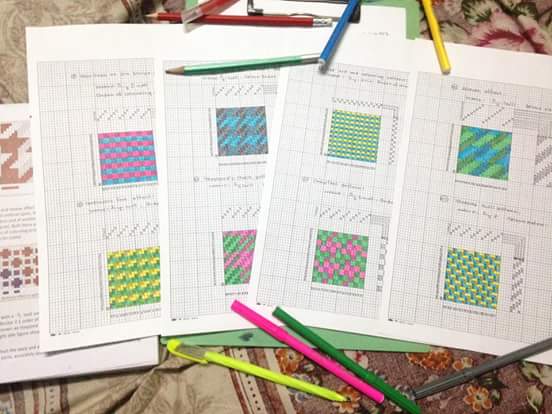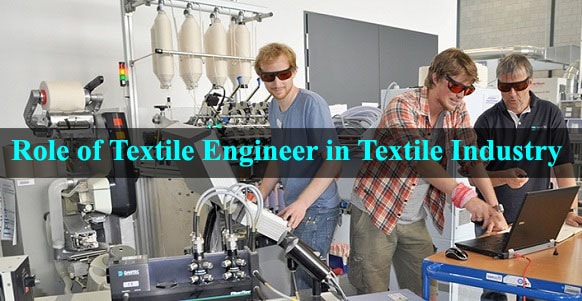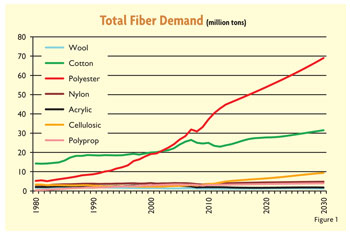Fabrics ডিপার্টমেন্টের ১৭৯টি রেফারেন্স প্রশ্ন
1. What is weaving?
2. What do you mean by non-woven fabrics?
3. What is warp and weft?
4. Explain drafting and denting
5. What is winding?
6. How winding is done?
7. What are the objects of winding?
8. Name different types of winding packages?
9. Give some example of parallel and near parallel wound package
10. What is the difference between direct and indirect drive?
11. Mention the main difference between precession and non precision winding
12. What is the necessity of yarn guides and tensioners?
13. Name the auxiliary functions in winding
14. What is creeling?
15. What is piecing?
16. What do you mean by doffing?
17. Why yarn clearer is used in winding?
18. What do you mean by efficiency?
19. Why lower efficiency occurs in winding section?
20. What is the main difference between ordinary pirn & automatic pirn?
21. Where can we use the automatic shuttle and ordinary shuttle?
22. Why warping is done?
23. What do you mean by raping?
24. What is the main difference between sectional warping and high speed warping?
25. Mention the uses of sectional and high speed warping
26. What do you mean by sizing?
27. Why sizing is done?
28. What is the importance of sizing?
29. Why spun yarn cannot be used directly in weaving section?
30. Why sizing of warp yarn is necessary?
31. Why sizing of weft yarn is not done?
32. Name different types of size ingredients
33. Why lubricants or softener is used in sizing?
34. Why antiseptics and hygroscopic agents are used in sizing?
35. What is the effect of more size pick up?
36. What problem will be seen if over drying in sizing process?
37. Why multi cylinder drying is most widely used?
38. What is the importance of immersion rollers and squeezing roller in sizing?
39. What types of faults are usually seen in sizing?
40. What are the disadvantages of sizing?
41. Name different types of hand loom
42. How d the handlooms operate?
43. What is the main difference between power loom and modern loom?
44. What is the difference between shuttle loom and shuttle less loom?
45. What is primary motion?
46. What is shedding and picking?
47. What do you mean by beat up?
48. What is secondary motion?
49. What is the main difference between over pick and under pick?
50. What do you mean by tertiary or auxiliary motion?
51. What is the main difference between handloom and power loom?
52. What do you mean by Hessian and sacking?
53. Why 7 wheels and 5 wheels take up is used?
54. Why more crimp is used in weft yarn?
55. What is knitting?
56. What is warp and weft knitting?
57. What is circular and flat knitting?
58. What is Wales and courses?
59. Write the name of main/principle knitting elements
60. Write the name of knitting elements?
61. What are the differences between bearded needle and latch needle according to the knitting action?
62. What is compound needle?
63. Classify the sinker according to their functions
64. What is jack?
65. What is needle loop and sinker loop?
66. What is side limb?
67. What is needle gauge?
68. What is cam?
69. State the classification of a cam
70. Write the name of the different parts of a knitting cam
71. What are the differences between miss cam and float cam?
72. What is held loop, tuck loop on bearded needle?
73. Write the name of basic structure of weft knitting and warp knitting
74. What is single jersey structure and double jersey structure?
75. What is the use of double-headed latch needle?
76. What is needle gaiting?
77. Which points we are considered to represent a circular knitting m/c specification?
78. What is sinker timing?
79. How can we calculate the production in weight of a single jersey circular knitting m/c and which parameters are needed to calculate his production?
80. What is open top m/c?
81. State the features of a plain knitted structure
82. What is basic rib structure?
83. What are the features of a rib knitted structure?
84. What is 4-truck circular knitting m/c?
85. State the features of a rib knitted structure
86. What is needle timing?
87. What is interlock fabric?
88. State the main features of a purl knitting m/c
89. What are the differences between fabric length m/c and garment length m/c?
90. State the classification of warp knitting m/c
91. What are the knitting elements of a Tricot and Raschel warp knitting m/c?
92. What is lapping movement of a guide bar?
93. What is flat knitting m/c?
94. What are the differences between Tricot and Raschel warp knitting m/c?
95. Explain the lapping diagram and chain notation
96. Write the name of knitted fabric faults
97. What is non-woven fabric?
98. Write the different names of the production system of non woven fabric
99. What do you mean by automation of knitting industry?
100. What is multi axial fabric?
101. Write the different names of the production system of non woven fabric
102. What are the end uses of multi axial fabric?
103. How can you increase the no. of cam system of circular knitting m/c?
104. State the importance of yarn friction in knitting
105. What is tightness factor?
106. State the main features of the following fabrics:
a. Accordion fabric
b. Single lacoste
c. Double lacoste
d. Jersey cord
e. Milano rib etc
107. What are the features of automatic loom?
108. In which loom we get highest PPM and why?
109. How many types of feeler?
110. What are the different parts of a shuttle and functions?
111. How ways and why we can pattern in weft way?
112. What are the warp protector motions?
113. Why we use fork motion?
114. Which type of fork motion is better?
115. When and why different types of warp stop motions are used?
116. What is jacquard shedding?
117. Differ among SLSC, DLSC & DLDC jacquard
118. When open shed, centric shed and fine pitch of cross borders jacquard shedding is used?
119. What are the systems of harness mounting?
120. What are the methods of increasing figuring capacity of jacquard shedding?
121. When and why CBC broadloom is used?
122. On which fact’s cloth costing are depend?
123. How we can minimize cloth costing?
124. What is break-even point?
125. How can we increase profit from cloth?
126. What are the causes and remedies of warp and weft breakage?
127. What are the causes and remedies of fabric faults?
128. What are different types of efficiency?
129. How can we increase efficiency?
130. On which factors efficiency depends?
131. Give the classification of loom
132. What are the aims and objectives of automatic weaving?
133. Write the features of automatic loom
134. How can we produce different types of woven design?
135. Why it is necessary to use feeler in automatic loom and what are their types?
136. List the advantages of loom winder
137. What are the types of box motion?
138. Write the purposes of weft mixing motion
139. Why it is necessary to use warp protector motion?
140. Differentiate between loose and fast reed motion
141. Draw the different types of droppers
142. Classify the jacquard loom
143. What is the function of warp stop motion?
144. State the scope of jacquard shedding mechanism
145. What are the purposes of cross border jacquard loom?
146. Write the difference between side weft fork and central weft fork motion
147. What is the defect of shedding?
148. Find out the member of Neck cords, Hooks and Needles in a 400’s DLDC jacquard?
149. Define efficiency and over all efficiency
150. List the causes of warp breakage
151. What are the duties of a weaver?
152. Define Break Even Point and margin of safety
153. Classify the costs
154. Define Laminate
155. What are the methods of lamination?
156. Write the difference between bonded and lamination
157. What are the quality requirements for foam backed garments?
158. Define braiding
159. Name the technical difficulties in braid production
160. Calculate the diameter of braid produced from 14 strands of 45 Tex
161. Mention the growing areas of use of braid
162. Classify the Textile Fabrics
163. Give the typical specifications of a belt
164. What are the uses of belt?
165. What do you understand by swivel weaving?
166. Write the purposes of swivel weaving
167. Define Geo-textiles
168. What are the functions of Geo-textiles?
169. How geo jute favors the growth of vegetation?
170. Define lappet weaving
171. What are the common features of Muslin fabric?
172. Differentiate between Swiss-Muslin and Anglo-Muslin fabric
173. Name the kind of yarns used for lace making. Also mention their properties
174. Write down the uses of lace
175. Give the types of nets
176. How labels are produced?
177. Define tape and webbing
178. Which fibers are used for medical textiles?
179. Define and classify the toilet fabrics
Special Thanks To: Mazadul Hasan Shishir
https://www.blogger.com/profile/12861311547828217778











